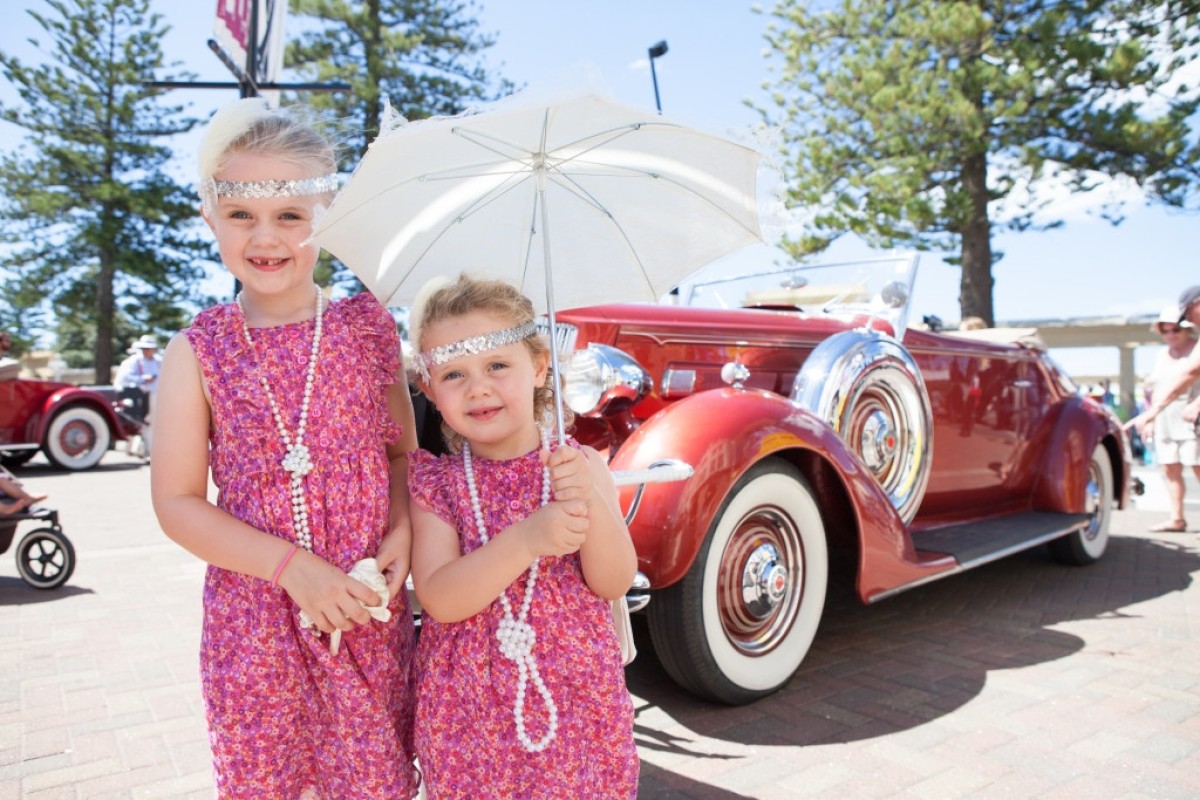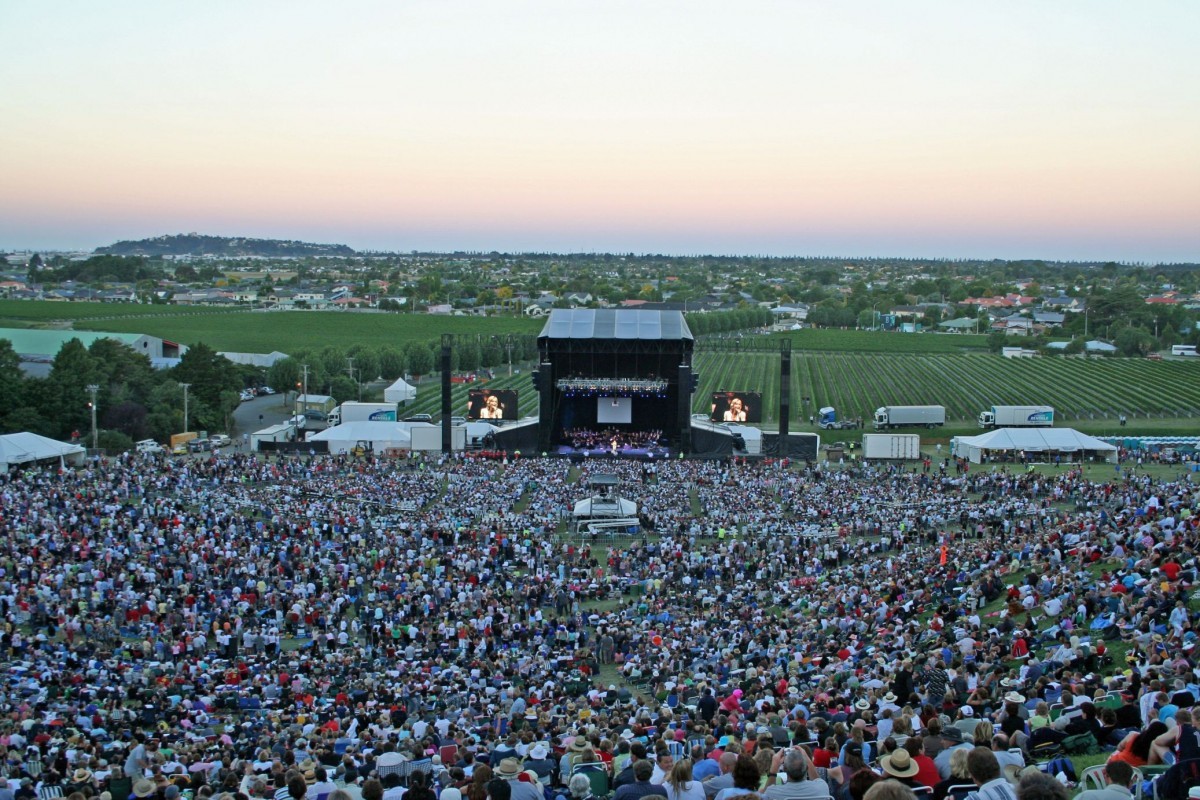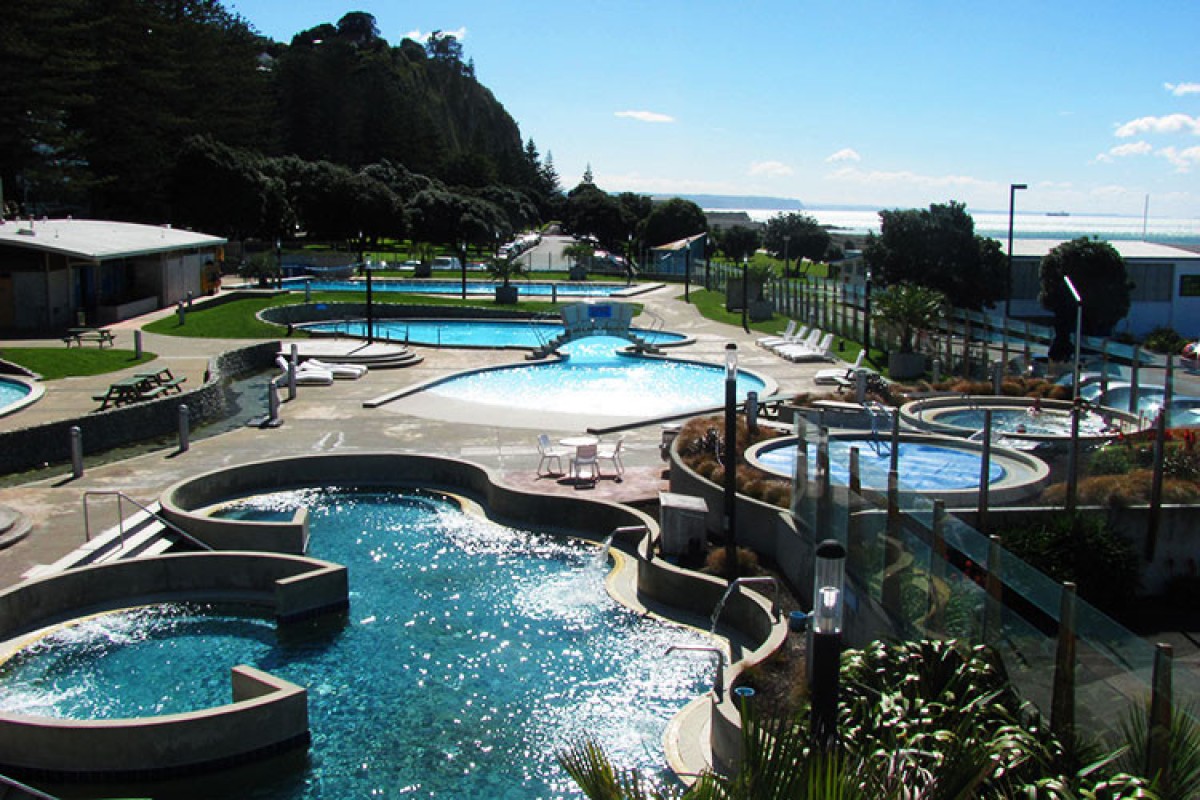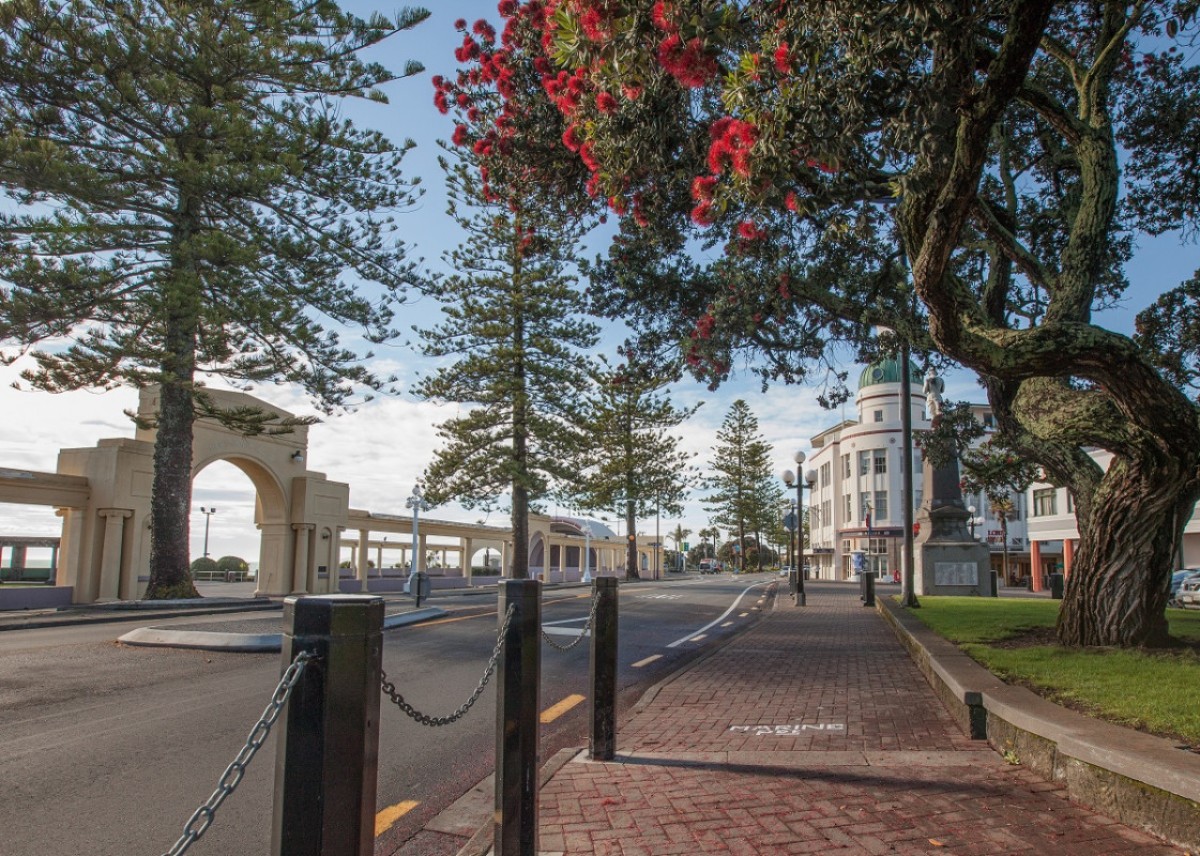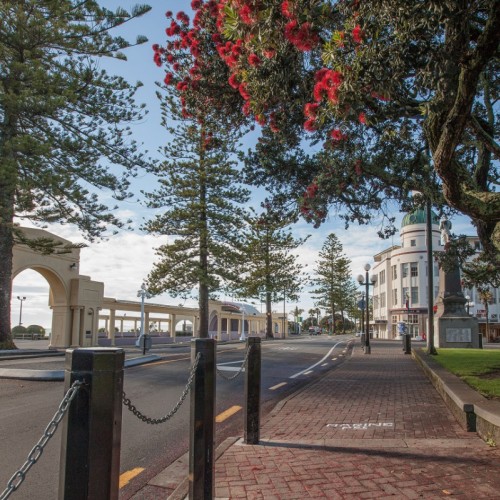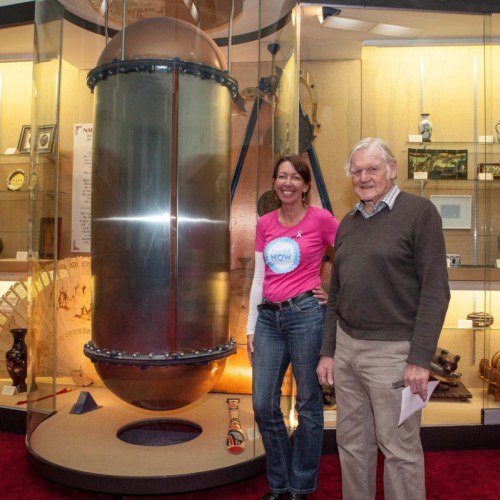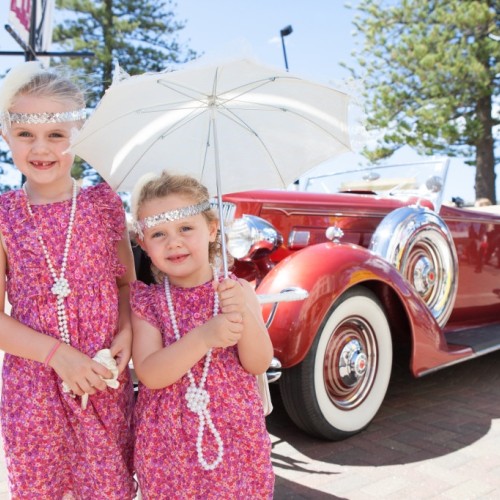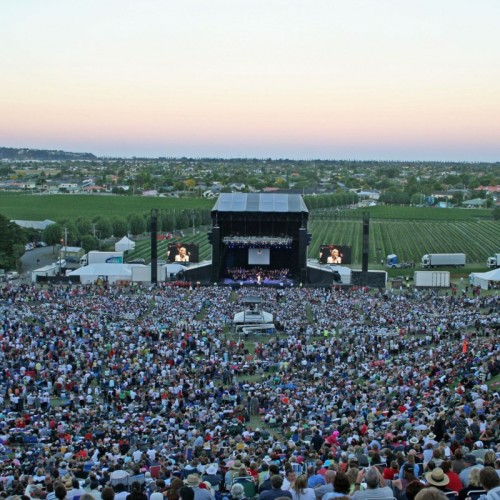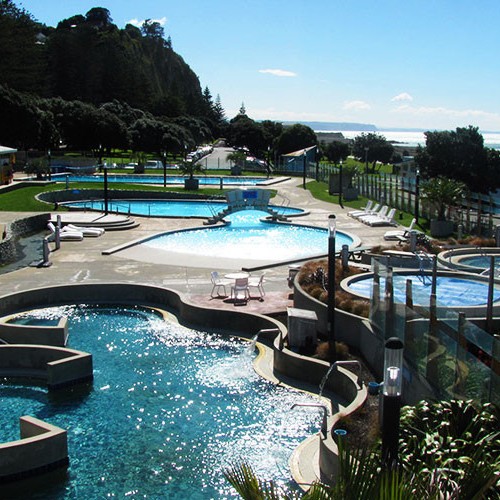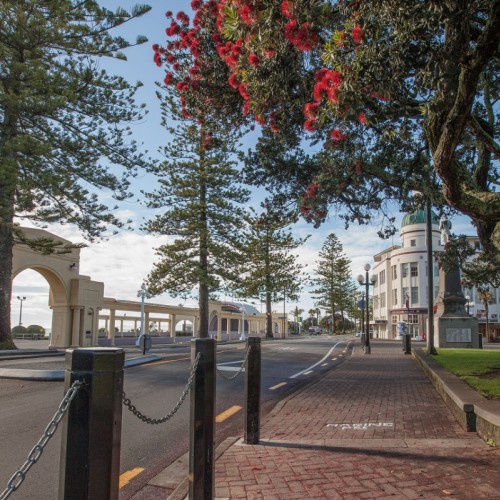Napier is known for its nice climate, Art Deco, family and tourist friendly atmosphere. Just a few minutes’ drive from our inland neighbour Hastings, it’s a friendly gateway to other great scenic stretches of coastline to the north and south and the perfect place to park up and explore.
Our vineyards are internationally renowned and we have many cycleways and walkways for you to try out, not to mention top facilities not found anywhere else in New Zealand, such as the National Aquarium of New Zealand.
Our city’s bustling café and restaurant culture, boutique retail experiences and night means you won’t run out of things to see and do in a hurry.
The Hawke’s Bay earthquake on February 3 1931 changed the landscape of Napier and many families’ lives forever.
But from out of the devastation rose a new city whose architectural style would reverberate down the years.
Art Deco has helped put Napier on the international tourist map, particularly since local enthusiasts founded the internationally recognised Art Deco Weekend celebrating the era. The ‘weekend’ every February now stretches out to five days and attracts more than 30,000 people each year, and has a smaller scale sister event every July.
The town itself was established in the 1850s, although Maori, particularly Ngati Kahungunu, had been settled here for a long time before. Before the HB earthquake lifted up much of Ahuriri lagoon and created new land, townsfolk had to choose to live either on or at the fringe of Scinde Island (known as Bluff Hill today), or out in Taradale.
Napier City Council | Ph: 06-835 7579 | 215 Hastings Street, Napier South - www.napier.govt.nz




